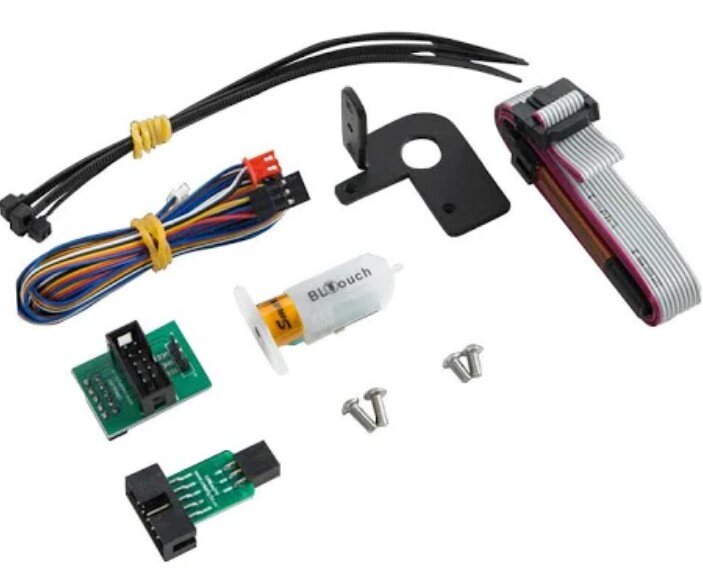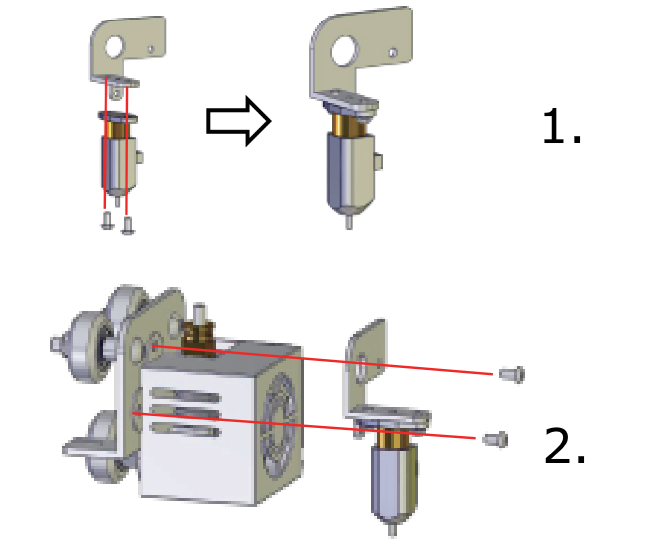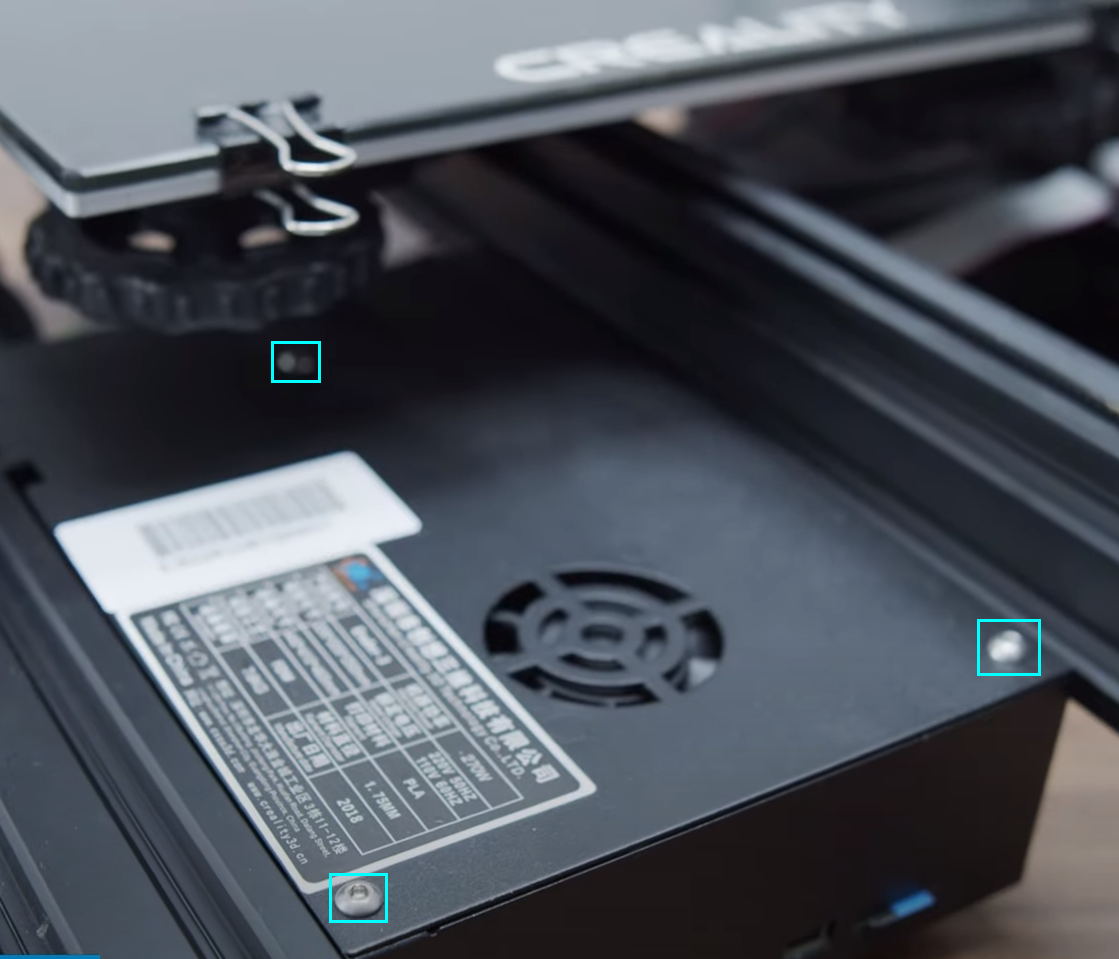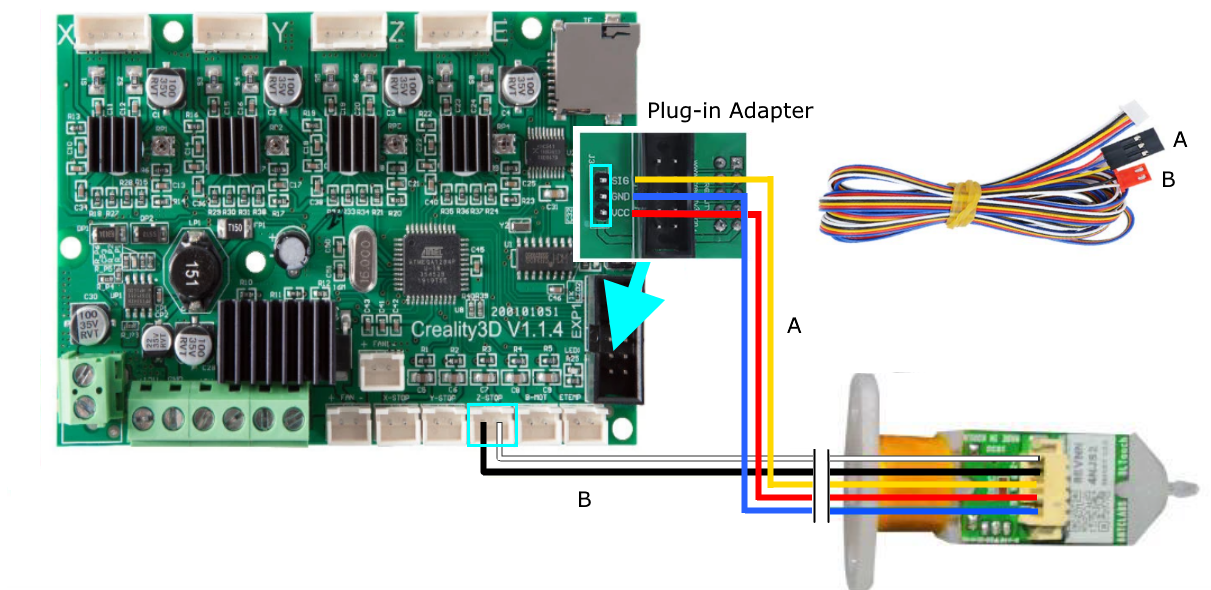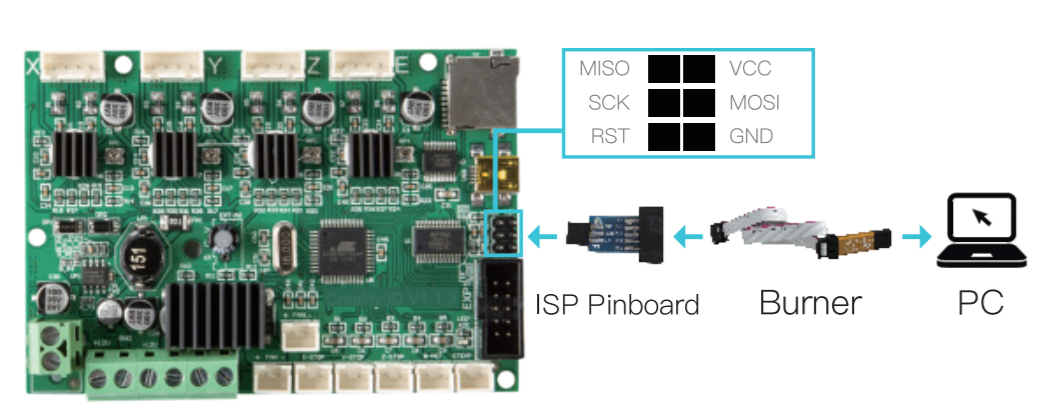Installing BLTouch Auto-Leveling on the Creality Ender 3 or Ender 3 Pro
Upgrading your Creality Ender 3 or Ender 3 Pro with a BLTouch probe for auto bed leveling will ensure your prints have perfect first layers every time and greatly reduce issues with bed adhesion. Additionally, the BLTouch probe allows better tolerances for slightly warped print beds by measuring and compensating for any inconsistencies. Many premium 3D printers include this feature standard, but fortunately it can also be installed on many lower cost 3D printers as an upgrade.
Note: Some Newer Ender 3 Pro’s have the updated 4.2.2 Mainboard. If yours has this board, you should use the Ender 3 V2 BLTouch guide instead.
For more information on why we recommend the BL-touch sensor, refer to our Auto Bed Leveling Guide.
Note: Creality Experts receives a commission for items you purchase from this page, at no additional cost to you. For more information, please see our affiliate link policy.
Required Materials
Creality Ender 3 BLTouch Upgrade Kit (Amazon link). Includes:
BLTouch sensor
Mounting bracket
Cable to connect sensor to mainboard
ISP adapter to update firmware
Allen wrenches included with printer
NOTE: Some Newer Ender 3 Pro’s have the updated 4.2.2 Mainboard. If yours has this board, you should use the Ender 3 V2 BLTouch guide instead.
The Ender 3 BLTouch kit includes everything you need for the upgrade.
How to Install the BLTouch Automatic Bed Leveling Kit on your Creality Printer
Mount the BLTouch sensor to the hot end carriage
First, you will need to mount the probe on the printer using the provided bracket:
Use the 2 screws included in the kit to mount the BLTouch sensor to the bracket.
Remove the two screws holding the hot end enclosure onto the carriage.
Place the mount above the enclosure so that the screw holes are aligned.
Use the screws you removed to attach the sensor bracket and hot end enclosure.
Connect the small white port on the cable to the BLTouch sensor. Make sure it is facing the correct direction (it will only fit one way).
Use the included zip ties to route the BLTouch cable along the hot end cable toward the mainboard.
Connect the BLtouch Sensor Cable to the 3D Printer Mainboard
Before the next steps, you’ll need to gain access to the mainboard of your printer. This differs slightly between the Ender 3 and Ender 3 Pro. Use the images below as a reference:
Ender 3 - Remove the 3 screws on the top of the printer.
Ender 3 Pro - Remove 1 screw on top, and 3 screws on the underside.
Now you can attach the sensor cable to the mainboard :
Disconnect the display ribbon cable, and attach the provided adapter in its place.
Plug the display cable back into the adapter, along with the 3-wire cable (A).
Disconnect the Z endstop cable.
Plug the remaining 2-wire cable (B) into the now open Z endstop port.
Connecting the BLTouch sensor to Ender 3/Pro, Ender 5, or CR-X using a plug-in adapter.
Update 3D Printer Firmware
Since the Creality Ender 3 and Ender 3 Pro printers don’t include a bootloader, you’ll need to plug the ISP Cable and adapter to your mainboard. Refer to the image to see how this works.
Download the corresponding firmware with BLtouch support (find the .hex file) for your printer from Creality’s site here.
Search progisp on https://www.creality.com/download, then download and extract that application to your computer.
Follow the included instructions to use the the progisp software to upload the firmware to the mainboard.
The BLTouch is now fully installed! All that remains is calibration.
4. Calibrate the Z offset for the BLTouch probe
The updated printer firmware will allow you to set the Z offset, which controls the position that the printer considers to be “0” directly above the print bed. Follow these steps to calibrate the offset:
Auto home the 3D printer.
Place a sheet of paper under the nozzle, then move the Z position (Prepare » Move Axis » Move Z) until you can feel resistance on the paper but you can still move it. Write down the ending value (it may be negative).
Navigate to Control » Motion » Z Offset. Adjust the value by the amount you determined in the previous step (for example, if the recorded value is -0.4, adjust the value to be 0.4 less than the current value).
Under Control, select Store Settings to save the offset. Note that some firmware versions store this on the SD card and not on the printer itself.
Power the printer off and back on, then auto home the printer, and verify that the nozzle is positioned correctly.
Replace the Gcode command “G28” in your slicer’s starting script with “G28 G29” to run mesh bed leveling before each print.
You are now ready to run a test print! We recommend testing with a model that has a large footprint to make sure the leveling is correct. If you notice that the first layer is too high or too low, re-adjust the Z offset accordingly until you are getting perfect first layers.
